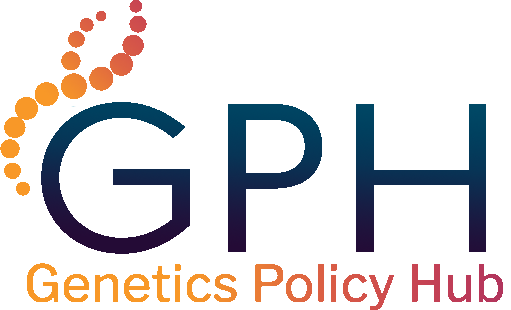From 2004 to 2024, the Health Resources and Services Administration (HRSA) funded the National Coordinating Center for the Regional Genetics Networks (NCC). NCC developed and maintained the Genetics Policy Hub.
With the conclusion of NCC funding, the Genetics Policy Hub (GPH) will no longer be updated or maintained. Information on GPH should be used for historical reference only.
Emergency Preparedness
Updated On Sep 19, 2024
This information is meant to be used for educational purposes to inform providers, patients, and genetic service delivery stakeholders about genetics policy topics. Sharing of information, resources, or policy statements is no way an endorsement of stated positions by NCC.
Introduction
When hurricanes and other natural disasters happen, our health care institutions are expected to have emergency plans in place so that people can continue to access health care. For example, individual states and hospitals have needed to make plans for newborn screening during hurricanes or other disasters. More information on the importance of having an emergency preparedness plan can be found in the article “Emergency preparedness for newborn screening and genetic services.” An example of an emergency preparedness plan, titled “Emergency preparedness for genetics centers, laboratories, and patients: The Southeast Region Genetics Collaborative strategic plan,” can be found here.
Having emergency preparedness plans allow clarification and delineation of responsibilities. For example, during a crisis, what obligations does a state have toward newborn screening? Can the deadlines for testing be extended during a crisis?
Sometimes, issues arise during crises that we cannot plan for ahead. For example, when the coronavirus pandemic started, many institutions quickly needed to switch their appointments from in-person appointments to largely virtual telehealth appointments. So that providers could increase their access, the Health and Human services (HHS) Office for Civil Rights (OCR) temporarily updated their policies to increase access. More information can be found at the HHS website.
Legislation and Regulation
As most crises are planned for at a local level, emergency preparedness is typically handled at a local level. For example, newborn screening is a state-based program, and each state would determine its own emergency preparedness procedures. For more information on newborn screening in your state, visit the Health Resources & Services Administration (HRSA) Newborn Screening website or Baby’s First Test.
In response to the coronavirus pandemic, regulations at the federal level were enacted on a temporary basis. For example, the Health and Human Services (HHS) Office for Civil Rights (OCR) allowed providers to provide telehealth services using software that did not fully comply with HIPAA rules, while the Centers for Medicare & Medicaid Services (CMS) also made it easier for providers to provide telehealth visits, and expanded the types of visits that could be conducted by telehealth. For more information on these temporary policy changes during the coronavirus, please visit the HHS website.
Are you interested in learning what your state’s government or the federal government are currently proposing for either legislation or regulation? Check out Legislative/Tracking system for up-to-date information and subscribe to our Twitter channel to get the latest updates in your pocket.
Policy Positions
Organizations working within the genetics community (national genetic organizations, advocacy organizations, etc.) have published positions on emergency preparedness. Explore these position statements below.

